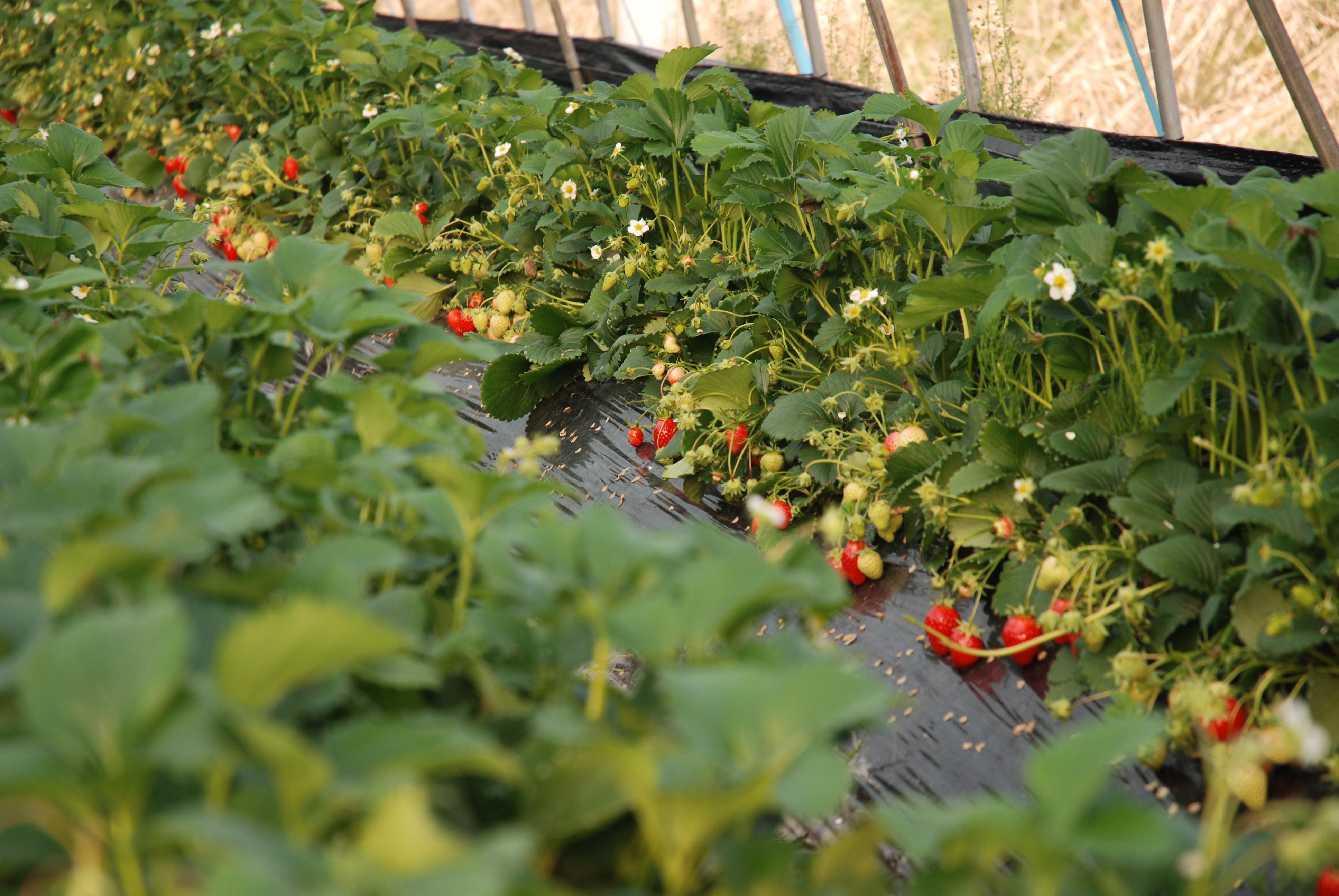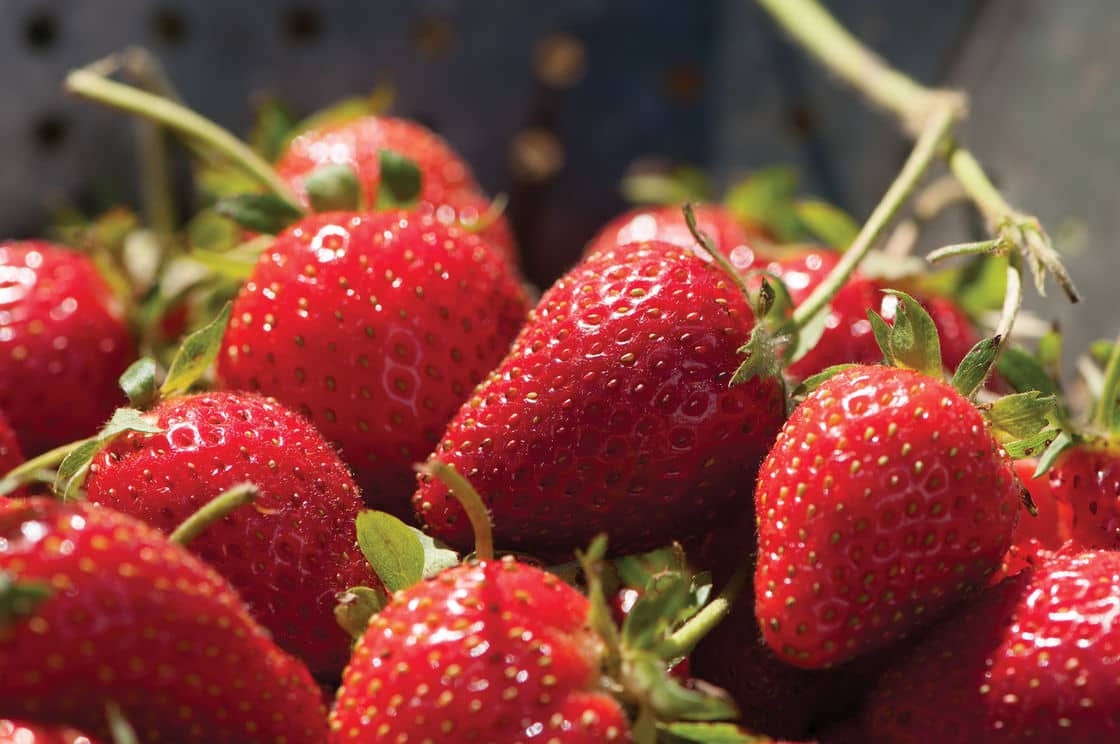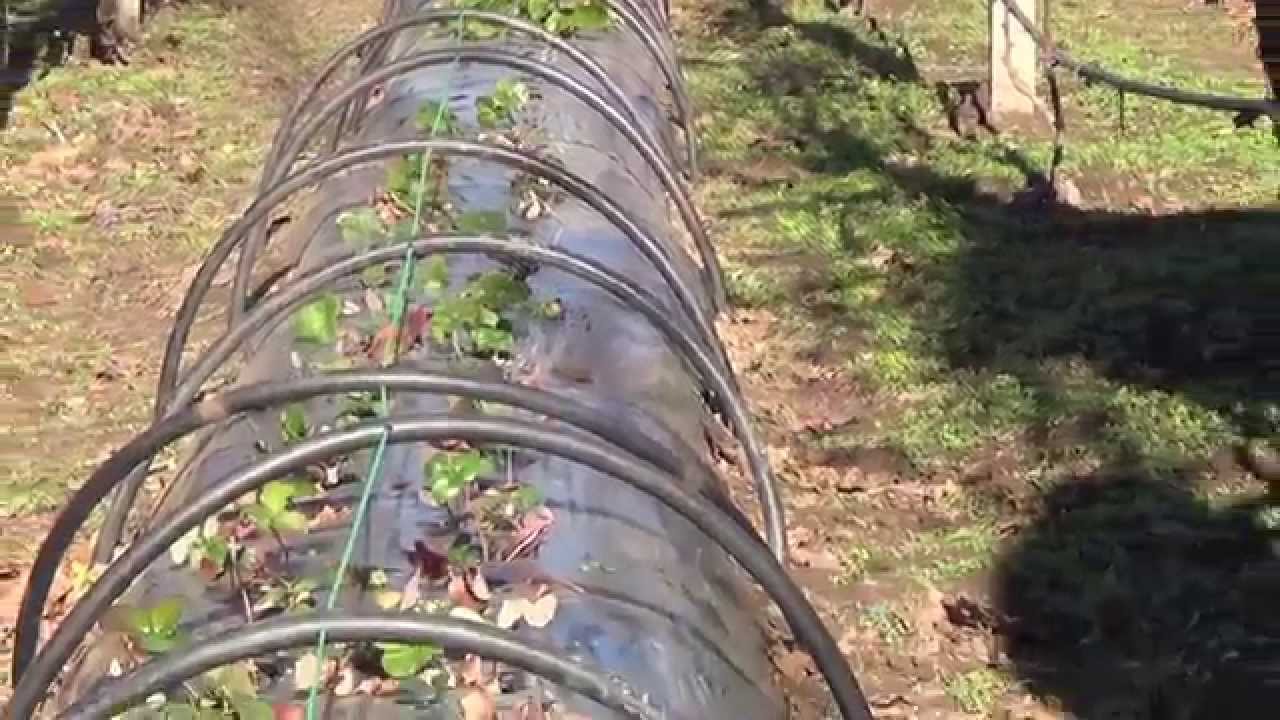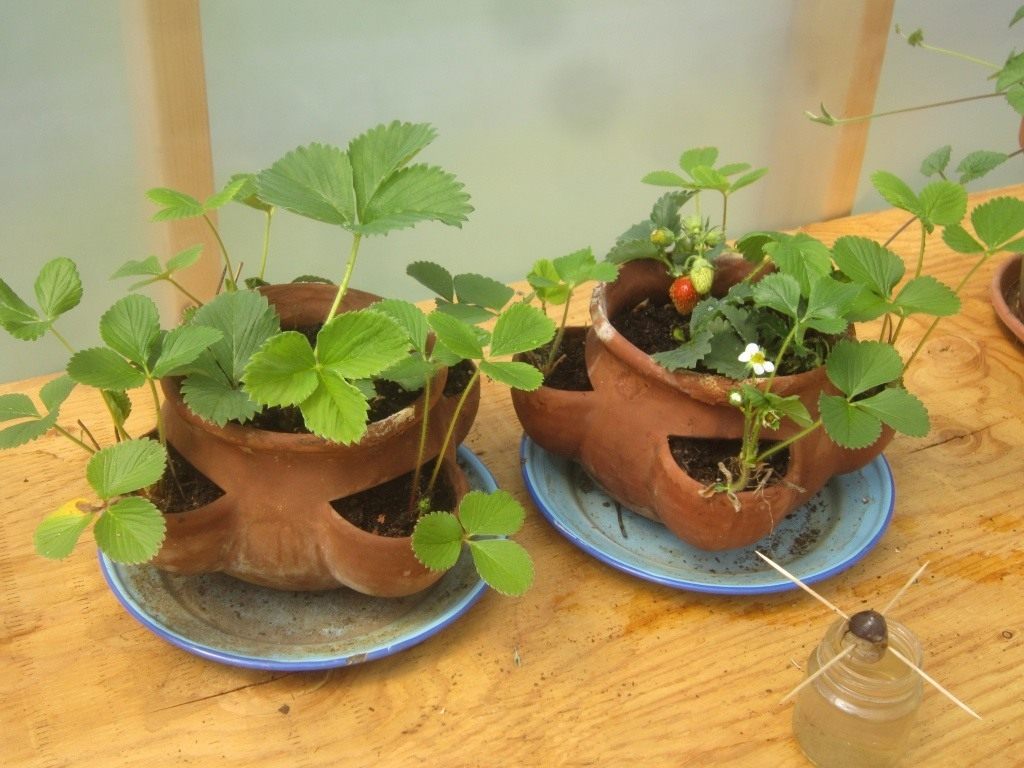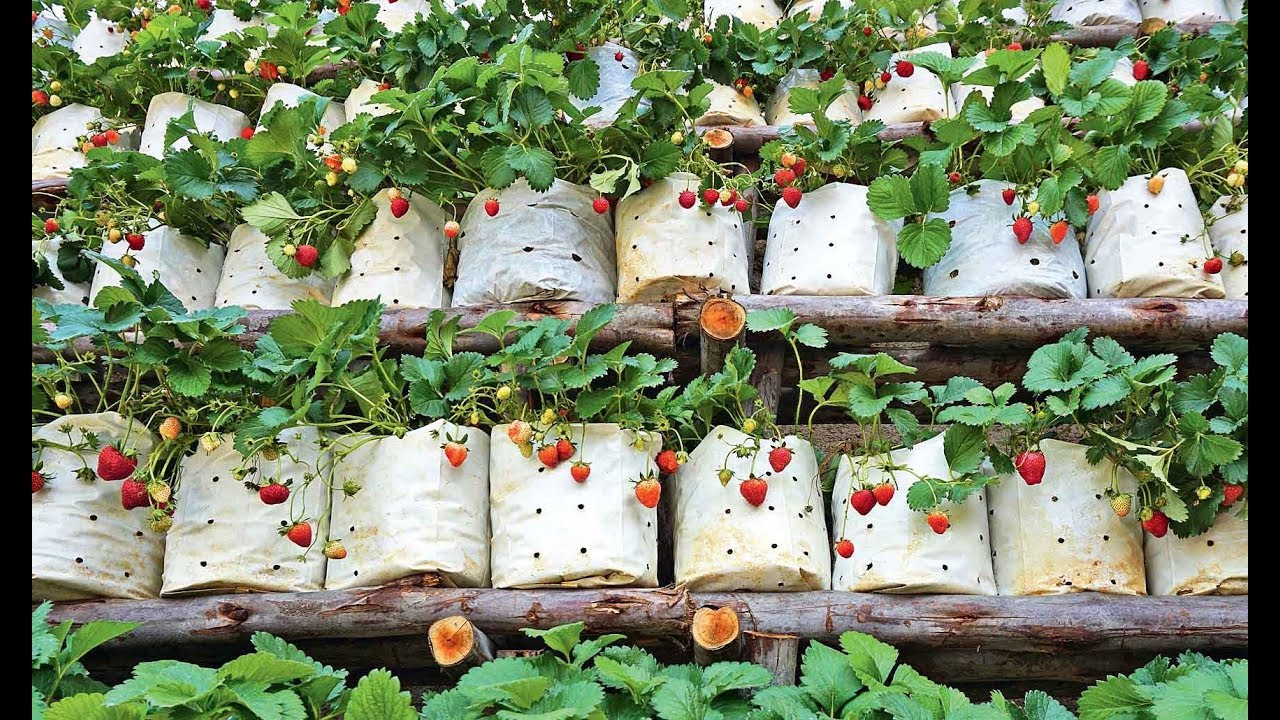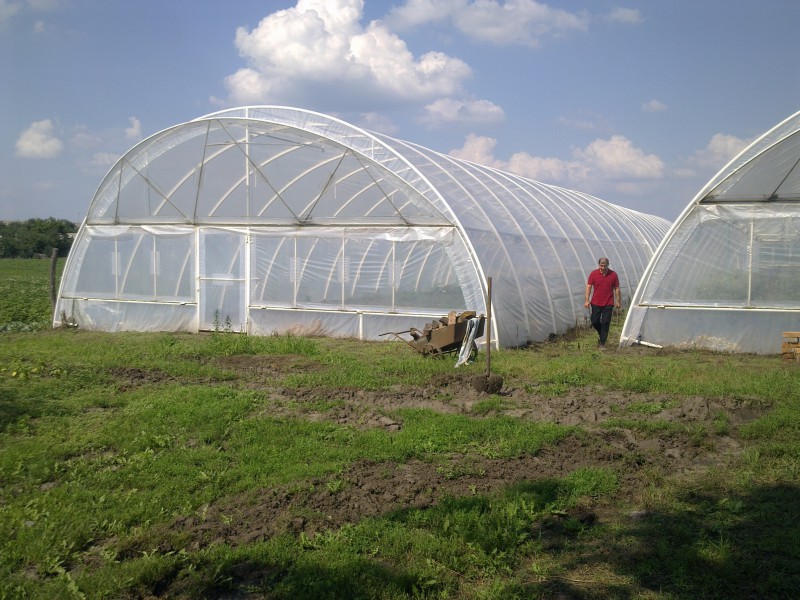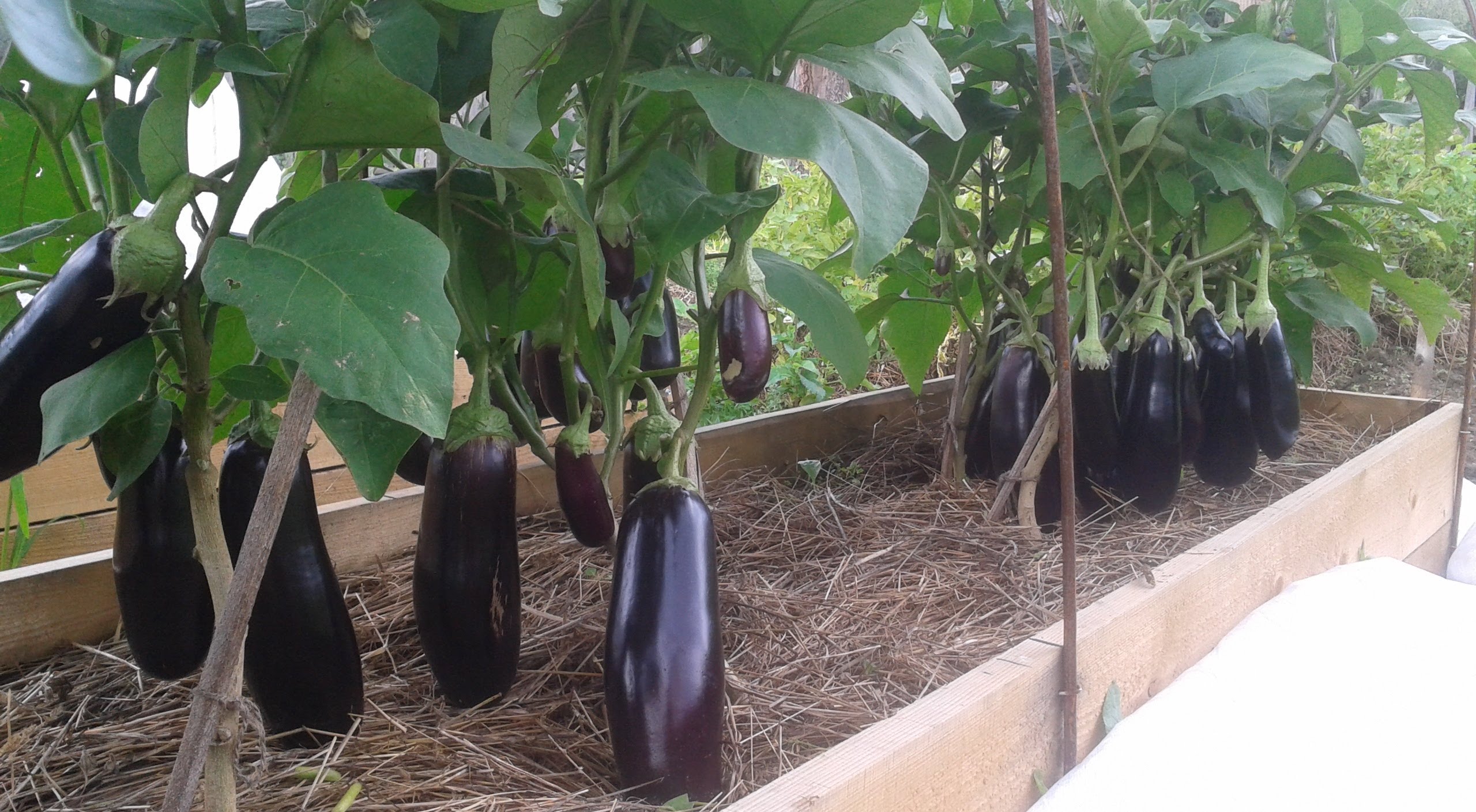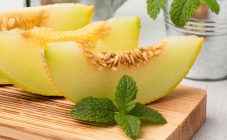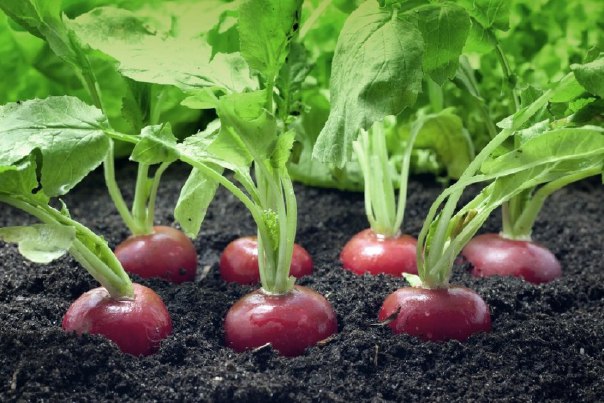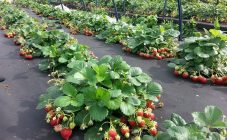Content:
For a long time, this plant was treated as a medicinal plant, and berries were collected exclusively from wild bushes. The domestication of strawberries occurs during the development of the first cities in Europe. The earliest mention of it is found in historical documents dating from the 14th century.
Now the berry occupies one of the leading places in agricultural technology. Extensive crop plantations are laid not only by farmers - ordinary summer residents also set aside large allotments for a berry garden, if the personal plot allows. Some grow strawberries in a greenhouse so that they can enjoy them all year round.
Strawberries in a greenhouse, in a greenhouse in the country
The culture is quite picky about growing conditions - strawberries love an abundance of warmth and light. Therefore, the plant does not feel comfortable in every region. But, thanks to modern breeding, it became possible to grow a tasty fragrant berry even in the northern regions with a short summer - greenhouses are used for this. You can also grow strawberries in a greenhouse in the country. Some even manage to bring berry bushes into the house.
Portable tunnels allow summer residents to get early produce at the beginning of the growing season. The film tube on the frame makes it possible to extend the fruiting of remontant varieties until the very cold. Strawberries in a greenhouse turn out to be no less juicy, and the size of berries even exceeds those that grow openly.
Strawberries are grown in well-heated stationary greenhouses all year round. To obtain high-quality berries, the required temperature is constantly maintained inside. Heating in the greenhouse turns on with the onset of cold weather.
Greenhouse strawberry varieties
There are no continually fruiting crops - each plant has a certain growing season. So strawberries cannot be “forced” to produce all year round, without a break. But growing berries is quite realistic for 12 months if you use a closed type of cultivation.
Ordinary varieties will not work in this case - only remontants are needed, giving 2-3 harvests per season. With good agricultural technology in a greenhouse, up to 5 harvests are obtained from one bush (with frequent soil renewal).
Recommended strawberry varieties for greenhouse cultivation
| Name | Features of the variety |
|---|---|
| Brighton | It is a neutral daytime variety and is suitable for growing in regions with insufficient warm days per year. Good disease resistance. The bush is characterized by a small number of leaves with many peduncles. |
| Crown | · Heart-shaped, dark red glossy fruits have orange flesh without voids or stem. The berries are distinguished by their juiciness, sweetness and pleasant aroma; |
| · Small open bushes give powerful stalks that hold the berry in weight, and a small number of whiskers. With prolonged fruiting, up to 12 kg can be obtained from one hectare of plantation | |
| San andreas | · Even with low photosynthesis, the variety bears abundantly, giving a berry weighing 50 g. The bush forms about 10 fruits, providing a yield of 0.5-1 kg; |
| · The oblong-rounded strawberry with sunken seeds and orange flesh is juicy and sweet in taste. With the right soil, it gives 3-4 waves of fruiting per season | |
| Zenga-Zengana | · The variety was bred in Germany, but due to its plasticity, it has taken root well in many regions of Russia. Average winter hardiness, so it is better to grow in shelters; |
| Leafy low bushes are spreading and abundantly covered with wide-conical dense red berries, weighing up to 10 g each | |
| Moscow delicacy | A versatile strawberry variety that bears abundant fruit in the 2nd and 3rd visits. Shelters allow you to extend the harvest period for large fruits. A distinctive feature is the absence of a mustache - this strawberry reproduces exclusively by seeds. |
| Queen Elizabeth | · Bred by English breeders for industrial cultivation. In the open field it bears fruit from July to October. In greenhouse cultivation, it is considered one of the best for continuous fruiting; |
| · The shrub is of medium size and produces a moderate number of tendrils. The mass of sweet dense berries reaches 50 g. It is also appreciated for its high resistance to gray rot | |
| Festivalnaya | · A universal variety adapted to the climatic characteristics of all regions of Russia. The yield is high, the resistance to pests and diseases is average. It is appreciated for its pleasant sweet taste and rich juiciness of dense berry; |
| · On a tall, but fairly compact bush, thick peduncles are located either under the leaves, or at a level with them. Intensely red, shiny large berries (in the first harvest weight - 35 g) have an oval shape | |
| Everest | The repair variety is capable of producing a good harvest of large, shiny, light red berries in the first year of planting, if proper care is provided. |
It doesn't matter which of the following varieties the summer resident chooses for himself, they all have advantages that contribute to growing in greenhouses:
- adaptation to growing conditions;
- unpretentiousness to the abundance of natural light;
- long-term fruiting;
- disease resistance.
In order for the bushes to bear fruit, many plants will have to be artificially pollinated, or go to a nursery and purchase modern self-pollinated strawberry varieties.
The following have proven themselves well:
- Florence - despite its compactness, the bush throws out a lot of mustache; actively bears fruit for 5 years, forming more and more peduncles every year; not picky about the length of daylight hours;
- the greenhouse Khonya bears fruit for a long time and produces bountiful harvests with each wave; the main requirement for growing is a warm climate in the greenhouse;
- Bolero - this variety needs an abundance of light, so you can't do without artificial lighting in the greenhouse; but the bushes are not demanding on the thickening of the beds, so they are a good choice for small areas; Bolero does not give mustache, propagates by seeds or by dividing the bush.
The self-pollinating variety is a suitable option for gardeners who rarely visit the country, as well as farmers who prefer the industrial cultivation of strawberries in the winter in a greenhouse.
Strawberry greenhouse
Garden strawberries are cultivated indoors not only in the northern regions - southerners also use similar structures to feast on berries all year round. It is not difficult to purchase a ready-made greenhouse - there are many varieties and options on sale. Many summer residents prefer to build a warm winter road for strawberries with their own hands.
First you need to find a suitable place on the site, it should have a minimum slope. You also need to think about accessing sunlight throughout the day. Therefore, when planning the building sites, they are guided by the cardinal points. The best option is the direction to the south and north.
Many summer residents prefer the arched type of structure, using wooden frames or metal corners for the frame.
When building a greenhouse, you need to follow the following algorithm:
- marking is carried out on the selected site - a plan of the future structure;
- in the corners, racks are driven into the ground, up to 1 m high; if the length of the future greenhouse exceeds 2 m, intermediate risers will be needed;
- longitudinal corners are attached to the racks from above - this will become the basis for the frames;
- at the bottom, to increase the rigidity of the structure, a board 20-30 cm wide is nailed to the beams;
- at the ends in the center, racks are installed that determine the height of the greenhouse (intermediate beams may also be needed);
- these risers are interconnected with a horizontal bar;
- frames are prepared, in length equal to the step of installing the racks on the longitudinal side; width is the distance from the outer rack to the inner;
- all frames are bolted to the frame.
The structure can be glazed, but summer residents are increasingly choosing polycarbonate. It is a sufficiently strong and transparent material that protects against negative weather conditions and provides a suitable microclimate in the greenhouse.
The more severe the weather in the region, the more attention needs to be paid to maintaining heat inside the structure. It is advisable to brick the low walls of the greenhouse or sheathe it with MDF plates (other options are possible), not forgetting about the heat - and the waterproofing layer. It is also worth thinking about heating, lighting, ventilation and irrigation systems.
Inside, the greenhouse is equipped with shelving - a set of special shelves with sides. They will be equipped with boxes, flowerpots with strawberries. If ampelous cultivation of a crop is planned, several additional beams should be added to the structure.
The width of the shelves can be different - it all depends on the size of the greenhouse itself. Parameters from 0.7 to 1.2 m are considered optimal.The height of the sides is maintained within 20-25 cm.
The racks are placed along the structure, trying to keep the passage between them at least half a meter. To ensure convenient strawberry care, it is better to place the shelves at a height of 70-80 cm from the greenhouse floor.
Growing in a polycarbonate greenhouse
Whether self-pollinated or not, strawberries are selected for cultivation in a greenhouse, cultivation technologies are almost the same. The most popular methods are in flowerpots installed on racks, or in a suspended version on a beam. The second method is preferable for multi-whisker varieties.
Growing strawberries in pots
To begin with, purchase wooden or clay pots with a capacity of at least 3 liters, with holes for water drain. They are filled with soil mixture, which is better to buy in the nursery for strawberries.
You can sow strawberry seeds in a pot or plant a rosette-tendril that has taken root. Some farmers use a ripe berry for reproduction: the cut off top of a strawberry with a stalk attached to it is planted in the soil.
The earth is moistened and the pots are covered with foil (glass, plastic bag). The shelter is periodically removed for ventilation. It is completely removed when the bush grows.
As soon as the plant reaches 10 cm, it is pruned (the top is removed) and the whiskers that interfere with further development are cut off. If the variety is not self-pollinating, the summer resident undertakes the mission of "fertilization", passing through the flowers with an ordinary watercolor brush.
Hanging strawberries in the greenhouse
Recently, many summer residents liked the Dutch way of growing strawberries - pots, flowerpots, boxes are in a suspended state. This gives the bushes more light and warmth.
This method is good for small greenhouses and allows you to cultivate strawberries in multi-tiers, with a half-meter gap between the "floors".The Dutch themselves prefer cultivating strawberries in a more original way: using a long, narrow bag filled with fertile substrate.
The bushes are fixed in small holes made in the bag in a checkerboard pattern. The berry that begins to ripen does not touch the ground, which always remains moist.
Strawberries in a greenhouse in winter
In order for strawberries to feel comfortable in the greenhouse and give good harvests in winter, it is necessary to regularly monitor the humidity and temperature, based on the growth phase.
Optimal growing modes
| Growing season | Air humidity, % | Temperature, deg. |
|---|---|---|
| From the moment of planting seedlings and during the rooting period | 80 | 10 |
| Flower formation | 75 | 20 |
| Ripening berries | 70 | 25 |
It is advisable to provide additional lighting in winter for at least 10 hours. Although with a round-the-clock option, the chances of increasing yields are greater.
Strawberries in a greenhouse with tomatoes
Novice summer residents try to learn a lot of necessary information from experienced farmers. Among the many questions, they are interested in how to optimize the area of the greenhouse and whether it is realistic to grow strawberries next to tomatoes.
The answer to this question is yes. The conditions for greenhouse cultivation for these crops are identical, so the berry-tomato neighborhood will turn out to be organic.
Tomato with strawberries can be alternated, maintaining a step of 40-50 cm. If the greenhouse is small, then vegetable seedlings are planted on racks, and pots with berry remnants are suspended.
